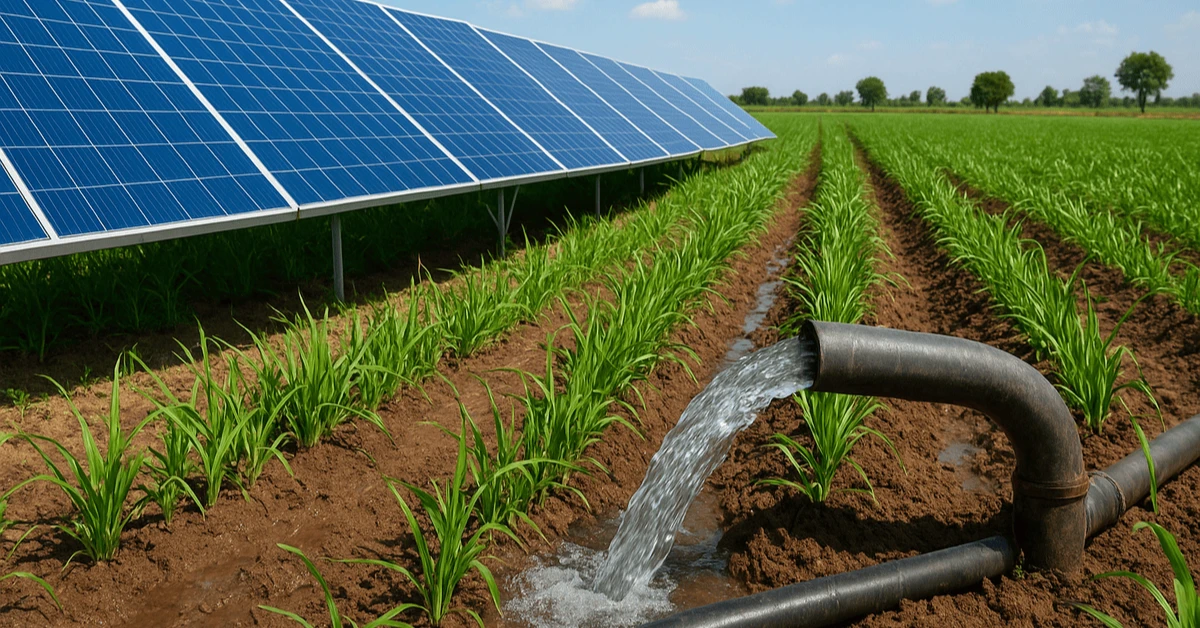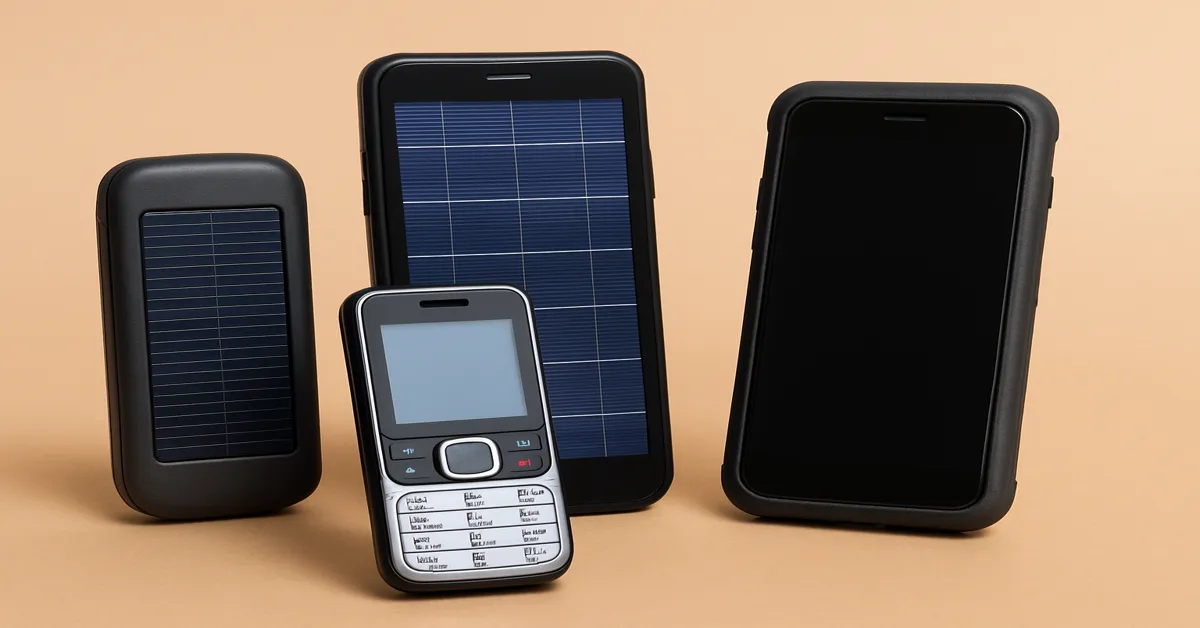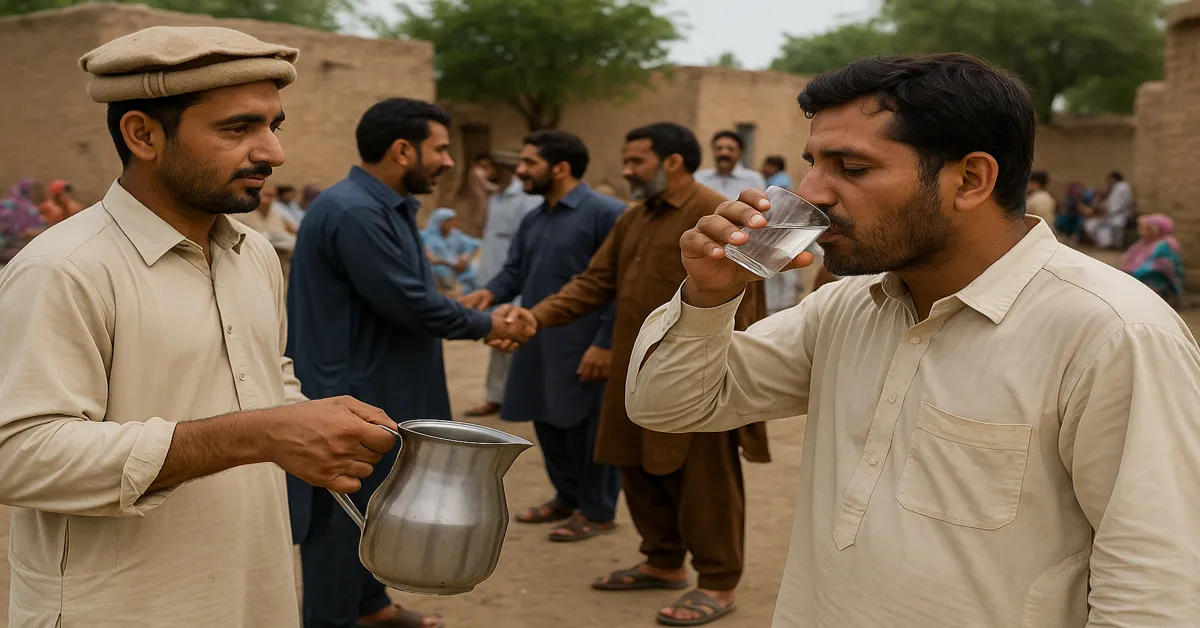Last Updated: October 6, 2025
The Draining Water from the Ground: How Solar Farming in Pakistan Is Creating a Hidden Crisis

Pakistan’s green energy revolution may be saving electricity—but it’s quietly draining the lifeblood of its soil. Across Punjab and Sindh, farmers who once struggled with diesel and electricity costs are turning to solar-powered tube wells. The technology has brought independence and affordability, but beneath the surface, it’s triggering an ecological crisis no one saw coming: the unchecked depletion of groundwater.
From Sunlight to Subsoil: How Solar Farming Works
Solar farming, in the agricultural sense, refers to the use of solar panels to power irrigation pumps, typically called solar tube wells. Farmers install photovoltaic (PV) panels that convert sunlight into electricity, which then powers water pumps to extract groundwater. The idea sounds perfect—clean energy, free power, and increased productivity.
But there’s a flaw: when energy becomes free, so does water extraction. Unlike diesel or grid power, which limit pumping due to fuel costs, solar pumps allow continuous and unrestricted groundwater use. And that’s precisely what’s happening across Pakistan’s farming belt.
Punjab and Sindh: The Epicenters of Overuse
According to a 2024 study by the Pakistan Council of Research in Water Resources (PCRWR), water tables in several districts of Punjab—especially Bahawalpur, Multan, and Vehari—are dropping by up to one meter per year. Sindh’s regions, such as Khairpur and Mirpurkhas, are showing similar trends.
In the past, diesel pumps acted as natural regulators; farmers couldn’t afford to over-irrigate. But with solar, a one-time investment of Rs. 1.2–1.5 million for a small system (or Rs. 3–4 million for a large farm) means farmers can pump indefinitely without recurring energy costs. The result? Continuous pumping, reduced water recharge, and a rapidly falling water table.
Why Free Energy Isn’t Always Sustainable
Pakistan’s shift to renewable energy was meant to solve its chronic power shortages and reduce dependency on imported fuels. However, in the agricultural sector, this transition created a paradox: the very system designed to promote sustainability may be accelerating resource depletion.
Experts at the International Water Management Institute (IWMI) have raised red flags, noting that unregulated solar irrigation could replicate India’s groundwater crisis. Without limits or monitoring, thousands of solar pumps can draw water faster than aquifers can replenish it—especially in areas already suffering from low rainfall and high evaporation rates.
The Government’s Solar Initiative: A Double-Edged Sword
In 2023, Pakistan’s government launched the “Solarization of Agriculture Tubewells Program” under which up to 50,000 farms were targeted for conversion to solar power. The move was celebrated as a major step toward energy independence and agricultural efficiency.
However, the policy lacked water governance mechanisms. Unlike power utilities that can track grid consumption, solar systems operate independently. There’s no centralized system to measure how much groundwater each pump extracts. Without data, there’s no way to enforce limits or design equitable water policies.
Environmental Consequences: Beyond Just Dry Wells
- Falling Water Tables: Aquifers take years or even decades to recharge. Over-pumping risks permanent depletion.
- Soil Salinity: As deeper water layers are tapped, the salt concentration increases, degrading soil fertility.
- Reduced River Flow: Excessive groundwater use affects river recharge, especially for the Indus basin.
- Socioeconomic Inequality: Wealthier farmers can afford solar setups, leaving smaller farmers dependent on expensive diesel systems and rapidly declining wells.
Possible Solutions: Balance Between Energy and Water
The issue isn’t solar technology itself—it’s the absence of regulation. To make solar irrigation sustainable, experts recommend:
- Smart Pump Controls: Introducing timers or sensors that stop pumping after a certain limit or during non-productive hours.
- Community Water Quotas: Local water management boards to allocate extraction rights and monitor groundwater levels.
- Hybrid Models: Using both solar and grid power under monitored systems so pumping can be capped.
- Water-Efficient Farming: Promoting drip irrigation, laser land leveling, and drought-resistant crop varieties.
Learning from Other Countries
India faced a similar problem when it launched solar irrigation schemes in states like Gujarat and Maharashtra. The government later introduced the “Surya Raitha” and “KUSUM” programs that required farmers to feed excess solar electricity back into the grid rather than pumping more water. This net-metering model created an incentive to save water rather than waste it.
Pakistan could adopt a similar approach—allowing farmers to earn by selling unused solar power instead of using it to over-pump groundwater.
Future Outlook: A Ticking Time Bomb?
Without swift intervention, Pakistan could face a severe water crisis even before 2030. Solar technology will continue to expand, but unless water governance catches up, the country risks turning fertile land into barren plains.
Renewable energy should not mean renewable depletion. The challenge is to design a system that values both the sun above and the water below.
Conclusion
Pakistan stands at a crossroads. Solar farming has empowered rural communities and reduced dependency on fossil fuels, but it’s also exposing a hidden ecological fault line. Balancing energy access with groundwater sustainability is not just a technical challenge—it’s a moral imperative for the nation’s future.
FAQs
1. Why are solar tube wells popular among Pakistani farmers?
Because they eliminate recurring fuel and electricity costs, allowing farmers to irrigate freely without worrying about energy bills.
2. How much does a solar tube well cost in Pakistan?
Small systems typically cost around Rs. 1.2 to 1.5 million, while larger commercial setups may exceed Rs. 4 million depending on capacity.
3. Is groundwater depletion really that serious?
Yes. Studies show groundwater in southern Punjab and Sindh is dropping rapidly, with several regions experiencing up to a one-meter decline annually.
4. Can solar farming be sustainable?
Yes, if paired with monitoring systems, community-based water quotas, and water-efficient irrigation methods such as drip systems.
5. What can the government do to control over-pumping?
The government can introduce smart meters, promote solar grid feed-in programs, and enforce regional groundwater policies to regulate extraction.
You May Also Like:

A Historical and Technological Review of Solar-Powered Mobile Phones...

Will Gold Hit the Ground Further or Will It Hit the Sky Again with a Harsh Stroke?...

The $10 Trillion Water Industry No One Talks About — Until It’s Too Late...

The Hidden Cost of Free AI Tools: How You’re Paying With Your Personality Data...

The Hidden Reason Why Cricket Is Losing Young Fans Worldwide...

Resilience on Court: Monica Seles and Other Athletes Who Fought Hidden Battles...

Hidden Health Hazards in Village Gatherings: How Shared Glasses and Unwashed Hands Spread Disease...

